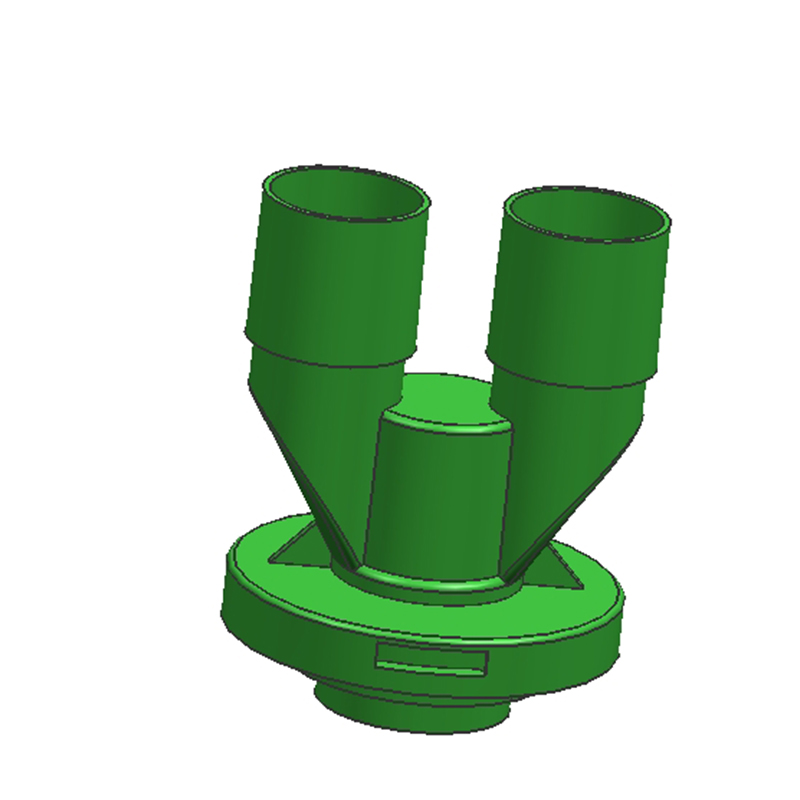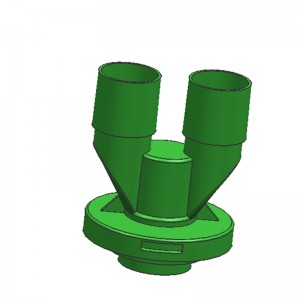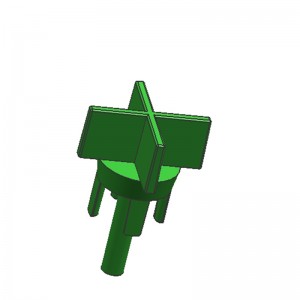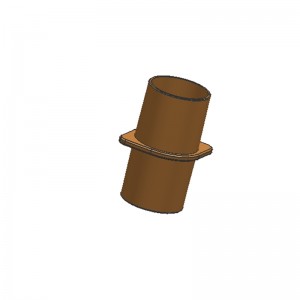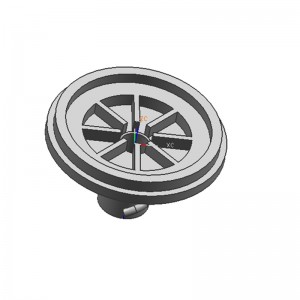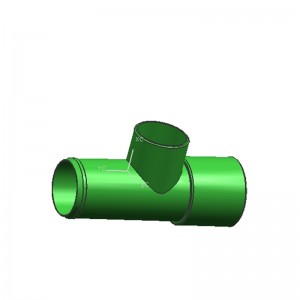Anesthesia breathing circuits are an essential component of the anesthesia delivery system. They are used to deliver a mixture of gases, including oxygen and anesthetic agents, to the patient during surgery or other medical procedures. These circuits ensure the patient's ventilation and provide a means for monitoring and controlling their respiratory status.There are several types of anesthesia breathing circuits, including:Rebreathing circuits (Closed circuits): In these circuits, exhaled gases are partially rebreathed by the patient. They consist of a CO2 absorbent canister, which removes carbon dioxide from the exhaled gases, and a reservoir bag that collects and temporarily stores the exhaled gases before being delivered back to the patient. Rebreathing circuits are more efficient in conserving heat and moisture but require regular monitoring and maintenance to ensure proper functioning.Non-rebreathing circuits (Open circuits): These circuits do not allow the patient to rebreathe their exhaled gases. Exhaled gases are expelled into the environment, preventing the accumulation of carbon dioxide. Non-rebreathing circuits typically consist of a fresh gas flow meter, a breathing tube, a unidirectional valve, and an anesthesia mask or endotracheal tube. Fresh gases are delivered to the patient with a high oxygen concentration, and exhaled gases are expelled into the environment.Mapleson breathing systems: Mapleson systems are categorized into different types, including Mapleson A, B, C, D, E, and F systems. These systems vary in their configuration and are designed to optimize gas exchange and minimize rebreathing of carbon dioxide.Circle breathing systems: Circle systems, also known as circle absorber systems, are rebreathing systems commonly used in modern anesthesia practice. They feature a CO2 absorbent canister, a breathing tube, a unidirectional valve, and a breathing bag. Circle systems allow for a more controlled and efficient delivery of fresh gases to the patient, while also minimizing the rebreathing of carbon dioxide.The selection of the appropriate anesthesia breathing circuit depends on various factors, including the patient's age, weight, medical condition, and the type of surgical procedure. Anesthesia providers carefully consider these factors to ensure optimal ventilation and gas exchange during anesthesia administration.

